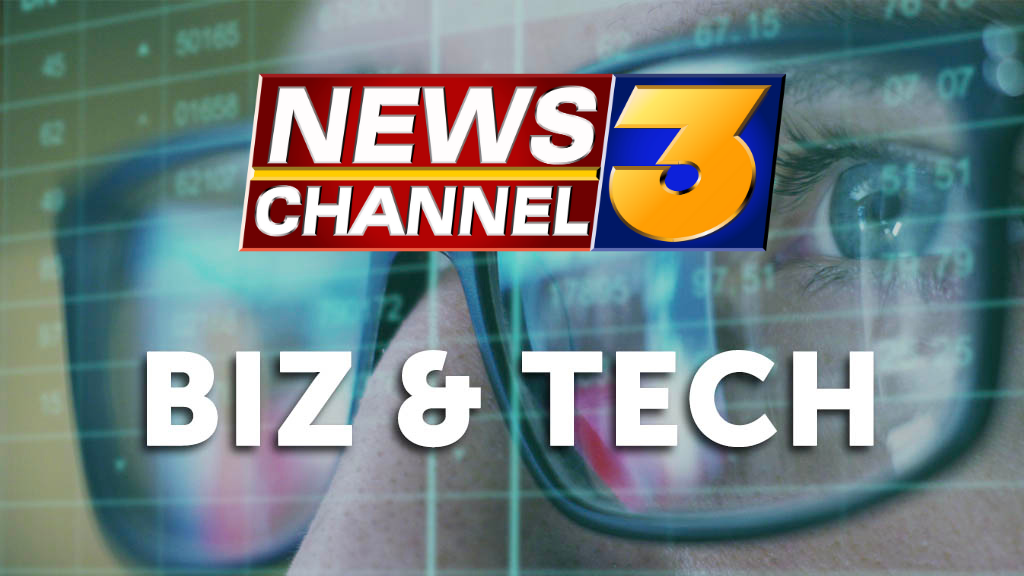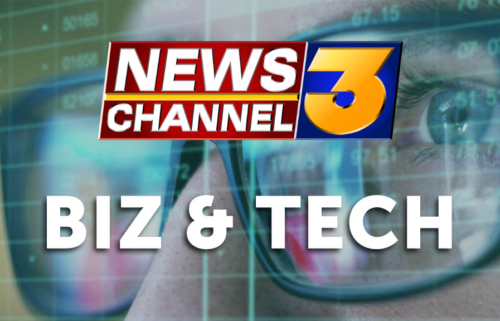How Europe is leading the world in the push to regulate AI

By KELVIN CHAN
AP Business Writer
LONDON (AP) — Lawmakers in Europe signed off Wednesday on the world’s first set of comprehensive rules for artificial intelligence, clearing a key hurdle as authorities across the globe race to rein in AI.
The European Parliament vote is one of the last steps before the rules become law, which could act as a model for other places working on similar regulations.
A yearslong effort by Brussels to draw up guardrails for AI has taken on more urgency as rapid advances in chatbots like ChatGPT show the benefits the emerging technology can bring — and the new perils it poses.
Here’s a look at the EU’s Artificial Intelligence Act:
HOW DO THE RULES WORK?
The measure, first proposed in 2021, will govern any product or service that uses an artificial intelligence system. The act will classify AI systems according to four levels of risk, from minimal to unacceptable.
Riskier applications, such as for hiring or tech targeted to children, will face tougher requirements, including being more transparent and using accurate data.
It will be up to the EU’s 27 member states to enforce the rules. Regulators could force companies to withdraw their apps from the market.
In extreme cases, violations could draw fines of up to 40 million euros ($43 million) or 7% of a company’s annual global revenue, which in the case of tech companies like Google and Microsoft could amount to billions.
WHAT ARE THE RISKS?
One of the EU’s main goals is to guard against any AI threats to health and safety and protect fundamental rights and values.
That means some AI uses are an absolute no-no, such as “social scoring” systems that judge people based on their behavior.
Also forbidden is AI that exploits vulnerable people, including children, or uses subliminal manipulation that can result in harm, for example, an interactive talking toy that encourages dangerous behavior.
Predictive policing tools, which crunch data to forecast who will commit crimes, is also out.
Lawmakers beefed up the original proposal from the European Commission, the EU’s executive branch, by widening the ban on real-time remote facial recognition and biometric identification in public. The technology scans passers-by and uses AI to match their faces or other physical traits to a database.
A contentious amendment to allow law enforcement exceptions such as finding missing children or preventing terrorist threats did not pass.
AI systems used in categories like employment and education, which would affect the course of a person’s life, face tough requirements such as being transparent with users and taking steps to assess and reduce risks of bias from algorithms.
Most AI systems, such as video games or spam filters, fall into the low- or no-risk category, the commission says.
WHAT ABOUT CHATGPT?
The original measure barely mentioned chatbots, mainly by requiring them to be labeled so users know they’re interacting with a machine. Negotiators later added provisions to cover general purpose AI like ChatGPT after it exploded in popularity, subjecting that technology to some of the same requirements as high-risk systems.
One key addition is a requirement to thoroughly document any copyright material used to teach AI systems how to generate text, images, video and music that resemble human work.
That would let content creators know if their blog posts, digital books, scientific articles or songs have been used to train algorithms that power systems like ChatGPT. Then they could decide whether their work has been copied and seek redress.
WHY ARE THE EU RULES SO IMPORTANT?
The European Union isn’t a big player in cutting-edge AI development. That role is taken by the U.S. and China. But Brussels often plays a trend-setting role with regulations that tend to become de facto global standards and has become a pioneer in efforts to target the power of large tech companies.
The sheer size of the EU’s single market, with 450 million consumers, makes it easier for companies to comply than develop different products for different regions, experts say.
But it’s not just a crackdown. By laying down common rules for AI, Brussels is also trying to develop the market by instilling confidence among users.
“The fact this is regulation that can be enforced and companies will be held liable is significant” because other places like the United States, Singapore and Britain have merely offered “guidance and recommendations,” said Kris Shrishak, a technologist and senior fellow at the Irish Council for Civil Liberties.
“Other countries might want to adapt and copy” the EU rules, he said.
Businesses and industry groups warn that Europe needs to strike the right balance.
“The EU is set to become a leader in regulating artificial intelligence, but whether it will lead on AI innovation still remains to be seen,” said Boniface de Champris, a policy manager for the Computer and Communications Industry Association, a lobbying group for tech companies.
“Europe’s new AI rules need to effectively address clearly defined risks, while leaving enough flexibility for developers to deliver useful AI applications to the benefit of all Europeans,” he said.
Sam Altman, CEO of ChatGPT maker OpenAI, has voiced support for some guardrails on AI and signed on with other tech executives to a warning about the risks it poses to humankind. But he also has said it’s “a mistake to go put heavy regulation on the field right now.”
Others are playing catch up on AI rules. Britain, which left the EU in 2020, is jockeying for a position in AI leadership. Prime Minister Rishi Sunak plans to host a world summit on AI safety this fall.
“I want to make the U.K. not just the intellectual home but the geographical home of global AI safety regulation,” Sunak said at a tech conference this week.
WHAT’S NEXT?
It could be years before the rules fully take effect. The next step is three-way negotiations involving member countries, the Parliament and the European Commission, possibly facing more changes as they try to agree on the wording.
Final approval is expected by the end of this year, followed by a grace period for companies and organizations to adapt, often around two years.
Brando Benifei, an Italian member of the European Parliament who is co-leading its work on the AI Act, said they would push for quicker adoption of the rules for fast-evolving technologies like generative AI.
To fill the gap before the legislation takes effect, Europe and the U.S. are drawing up a voluntary code of conduct that officials promised at the end of May would be drafted within weeks and could be expanded to other “like-minded countries.”
___
This story has been corrected to show that Kris Shrishak’s last name was misspelled.
